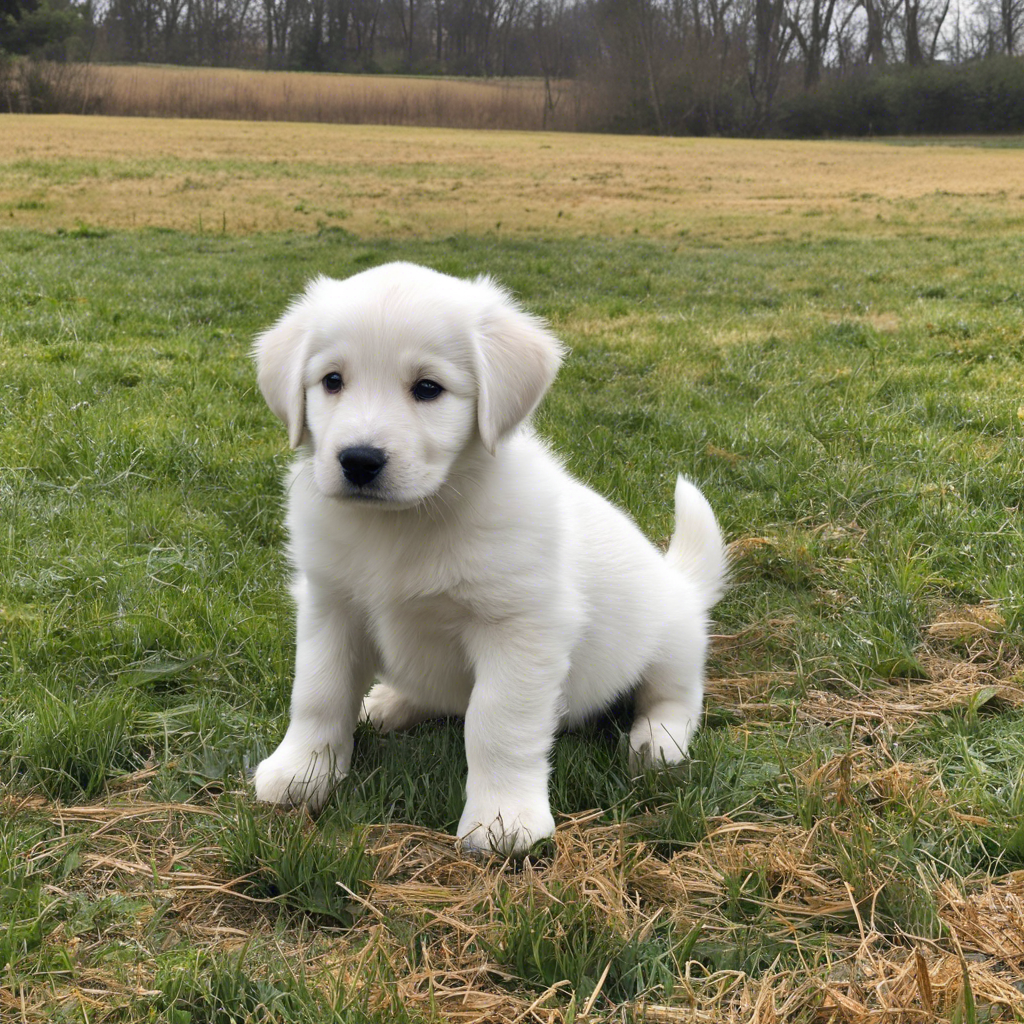Training your puppy to come when called is an essential skill that can ensure your furry friend’s safety and strengthen the bond between you. Recall training is not only practical, but it can also be a fun and rewarding experience for both you and your pup. With consistency and positive reinforcement, you’ll have your puppy running to you eagerly and reliably in no time! Here’s a comprehensive guide to help you navigate this critical aspect of puppy parenting.
**The Importance of a Reliable Recall**
Having a puppy that responds promptly to your call is not just a cute trick; it’s a matter of safety. When your puppy is off-leash, whether in a fenced yard or a designated off-leash area, a strong recall command can prevent them from wandering into potential danger or getting lost. It also allows you to quickly pull your puppy away from any harmful situations or objects they might encounter during your walks or adventures together. Moreover, a well-trained recall can make outings more enjoyable, giving your puppy the freedom to explore while ensuring they stay within safe boundaries.
**Starting Early: The Key to Success**
Puppyhood is the optimal time to begin recall training. Their young minds are like sponges, absorbing new information rapidly, and they’re highly motivated by treats and praise. Starting early ensures that your puppy learns to associate the come command with positive experiences, making the training process more effective and enjoyable. The bond you build during this training will become a foundation for future training and a stronger relationship overall.
**Step-by-Step Recall Training Guide**
1. **Choose the Right Command Word:** Select a word or phrase that is short, clear, and easy for your puppy to recognize, such as “Come,” “Here,” or “Let’s go.” Consistency is key—use the same word every time to avoid confusion.
2. **Begin in a Controlled Environment:** Start training in a quiet, enclosed space with minimal distractions. Your living room or a fenced backyard are ideal. You want your puppy’s focus to be on you and the task at hand.
3. **Grab Their Attention:** Before you start, make sure you have their attention. You can do this by calling their name or making a unique sound, like a whistle, to signal that you’re about to give a command. Once they look at you, use your chosen command word in an excited, high-pitched voice.
4. **Lure with a Treat:** Hold a tasty treat close to your puppy’s nose and then move it towards your chest, leading them to approach you. As soon as they take a step towards you, praise them enthusiastically. When they reach you, give them the treat and lavish them with affection.
5. **Repetition is Key:** Repeat this process several times, gradually increasing the distance between you and your puppy. Each time they respond correctly, reward them with praise and treats. You can also use a clicker to mark the desired behavior, followed by a treat, to help your puppy understand the exact action that earned them the reward.
6. **Incorporate Training Into Play:** Make recall training a fun game. Hide in your house or yard and call your puppy. When they find you, reward them with praise and treats. This reinforces the idea that coming to you is enjoyable and exciting.
7. **Introduce Distractions Gradually:** As your puppy becomes more reliable, start adding distractions to your training sessions. Practice in different rooms of the house or outdoors, where there are more smells and sights to compete for their attention. Begin with minor distractions and gradually increase the challenge. This step is crucial for ensuring your puppy responds reliably in any environment.
8. **Vary the Rewards:** While treats are a powerful motivator, it’s essential to vary the rewards to prevent your puppy from only coming when they see you have a treat. Use a mix of treats, praise, toys, or a short game of fetch. This keeps the training exciting and reinforces that coming to you is always rewarding.
**Troubleshooting Common Issues**
– **Puppy Ignores the Command:** If your puppy is distracted or ignores your call, don’t repeat the command endlessly. Instead, move away from them and encourage them to follow you, then reward them for catching up.
– **Puppy Comes but Runs Past You:** Try to be more engaging and exciting when they are running towards you. Crouch down or pat your legs to guide them to come right to you.
– **Puppy Responds Slowly:** Ensure you’re making the recall command worth their while. Use high-value treats or their favorite toy as a reward to increase their enthusiasm.
**Advanced Training Tips**
– **Long-Distance Recall:** Practice in large, open spaces, gradually increasing the distance between you and your puppy.
– **Off-Leash Training:** Once your puppy is reliable on a long line (a long training leash), you can start practicing off-leash. Begin in a secure area and use high-value rewards for added motivation.
– **Recall Around Other Dogs:** Train in a controlled environment with a friend’s dog. This teaches your puppy to respond to you even in the presence of other canines.
Recall training is an ongoing process, and consistency is vital. Make it a part of your daily routine, and always be ready to reinforce the behavior. Remember, every puppy is unique, and progress may vary. Patience and positive reinforcement are your best tools. With time and dedication, your puppy will respond to your call no matter where they are or what distractions are around them!
Stay tuned for more puppy training tips and tricks to ensure your furry friend grows up to be a happy, well-behaved companion. Happy training!

